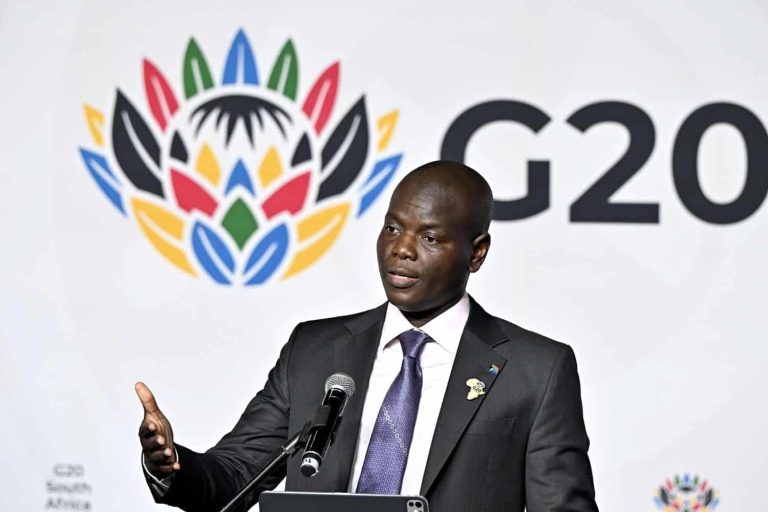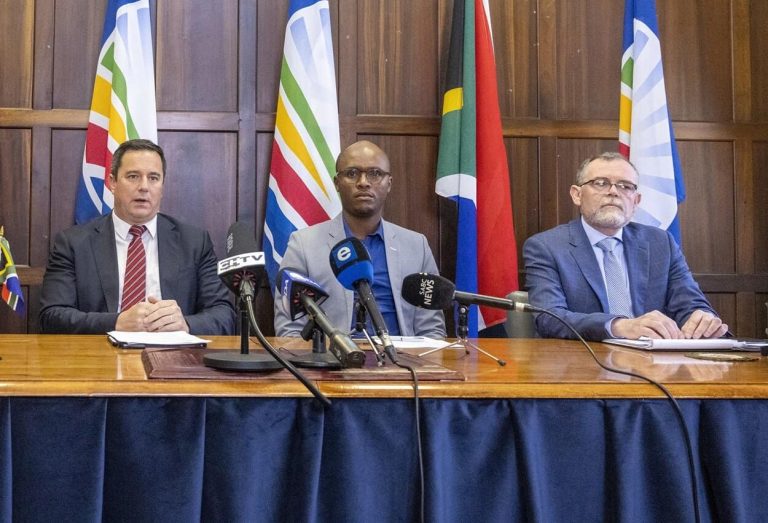
Screenshot

If someone tries to understand what is happening in the current war between the RSF (Rapid Support Forces) and the Sudanese Armed Forces (SAF) through Western media sound bites— BBC, RFI, CNN, or even Al Jazeera—they will likely end up more confused than enlightened.
The recent conflict in Darfur, where the RSF decisively defeated the SAF after capturing El Fasher on October 26, is a case in point. Unfortunately, much of the media coverage portrayed the RSF as killing civilians in large numbers.
None of the so-called international media outlets contacted the RSF to hear their side of the story or confirm whether these killings actually took place. Instead of presenting both perspectives, they bombarded global audiences with the narrative that the RSF alone carried out indiscriminate massacres of black civilians in El Fasher.
Any country’s current affairs cannot be understood without looking at its history. And in any war, the first casualty is the truth — especially in Sudan. Most people around the world remain unaware of what has been happening in Sudan since its independence in 1956.
I won’t oversimplify such a complex subject. I don’t claim to know everything about Sudan or Africa. But after speaking with many Sudanese from the north and asking hundreds of questions, I realized that we have been conditioned to think this war is simply between General Burhan and General Dagalo.
In reality, it is far more complicated, with deep historical roots. This war must stop immediately. Imagine, more than 12 million Sudanese are displaced across the country and are in dire humanitarian need.
Let us flash back to when the seeds of civil war were planted. The problem began in 1956, when Sudan gained independence from British and Egyptian colonial rule. The northern elite — both civilian and military — planted the seeds of division by institutionalizing Islamization and Arabization across Sudanese society.
Sudan is home to both Arabs and Africans. For thousands of years, they lived in harmony. But in 1972, Southern Sudanese launched a war against President Jaffar Nimeiri’s government because of marginalization.
This was the Anyanya resistance. At the same time, the SAF invaded black communities in the Nuba Mountains. Sudan’s wars flared on and off. In 1983, Colonel John Garang, a young Sudanese officer, waged war against Nimeiri after the imposition of Sharia law, which reignited civil conflict.
The war between the SAF and SPLA lasted 22 years. When Nimeiri was overthrown in 1985, Sadiq al-Mahdi became civilian Prime Minister. Yet Sudan remained troubled, as the army continued persecuting civilians in the South, Nuba Mountains, Blue Nile, and Kordofan.
In 1986, when Yoweri Museveni and the National Resistance Movement (NRM) took power in Uganda, the SAF immediately assisted Okello’s fleeing forces. Omar al-Bashir and the SAF inflicted untold suffering on northern Uganda by fueling a 20-year civil war.
They supported Joseph Kony, who committed crimes against humanity. Museveni, however, built the capacity to assist John Garang and the SPLA, which contained Bashir’s attempts to spread Islamization and terrorism into Uganda.
There is nothing wrong with being Muslim— Islam does not encourage discrimination. But Bashir’s political ideology, along with the National Congress Party and SAF, was ideologically-bankrupt.
Museveni once stated that what destroyed Sudan was the emphasis on identity politics rooted in Islamization and Arab supremacy. I once asked Bashir at a conference whether he would make Sudan a secular, democratic state that could be peaceful, or continue emphasizing identity politics and prolong the wars. He chose the latter.
In 2005, after the Naivasha Peace Agreement, John Garang said he personally preferred a united Sudan. But it was up to Khartoum’s establishment to make unity attractive to South Sudan — or else the South would choose secession.
By the time Sudan’s war ended, at least five million people had been killed, three million in South Sudan and two million in Kordofan and the Nuba Mountains. When Bashir lost South Sudan, he lost 25 per cent of Sudan’s landmass and 70 per cent of its oil revenue.
South Sudan seceded and became independent in 2011, although civil war continues there. The Darfur war began in 2003 when Bashir faced challenges from the black population. He armed the Janjaweed, who committed crimes against humanity.
Later, the RSF emerged as a paramilitary force to protect Bashir’s regime. In 2019, both the SAF and RSF turned against Bashir and overthrew him. Unfortunately, on April 15, 2023, a devastating war broke out between the SAF and RSF.
Nobody imagined its magnitude would be so severe. My article may seem critical of Bashir and the SAF. The reason is simple: they emphasized identity politics, Islamization, and ethnicity in Sudan’s body politic. Some may ask for my opinion about the alleged RSF killings in El Fasher, the last military garrison in Darfur.
My answer is: I don’t know. I will only make a judgment if we hear their side of the story. Despite this, a new alliance known as Tasis has emerged between the RSF and SPLA/North.
They have established a parallel government, with General Hemedti as President of the Presidential Council, deputized by General Abdelaziz al-Hilu, who leads SPLA/North.
Abdelaziz al-Hilu was John Garang’s colleague for many years; together they fought Bashir in the Nuba Mountains and South Sudan. The Tasis alliance declares that they are fighting for a new Sudan —democratic and secular.
While General Hemedti and the RSF have been accused of killing Black civilians in Darfur, Abdelaziz al-Hilu, himself black, is working with Hemedti and many groups within Tasis.
Let us watch how events unfold. Perhaps the war will eventually come to an end. Civil wars can only end if Sudan finally abandons the old policies of discrimination that have persisted since independence.
The writer is a Pan-African analyst and Attitude Consultant



